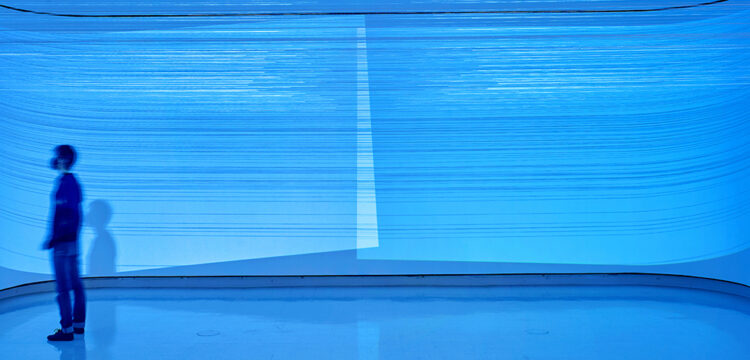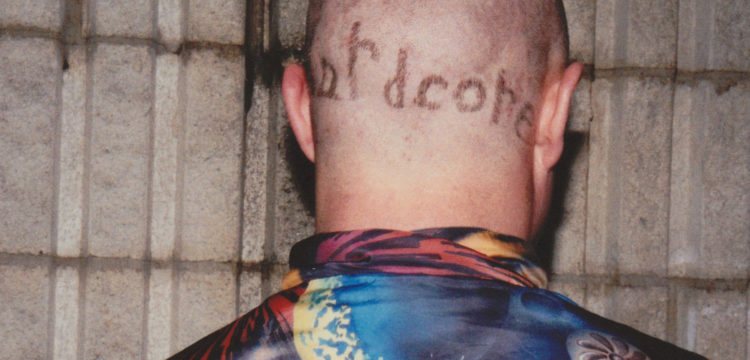Unfaithful
A conversation with Caterina De Nicola
Caterina De Nicola resorts to fiction, writing, sound and object investigation, to shape formal and discursive patterns, by developing an analysis of symbols and motifs, as well as their circulation in a larger cultural system. As the about section in the artist website says, “In her practice generic images-symbols allow us to feel part of a common and undifferentiated social environment.” We talked with Caterina De Nicola about this unusual, although familiar environment that surrounds us all, trying to better understand it, through the artist’s heterogeneous production and her most recent exhibitions.
Jacopo De Blasio: Infedele is the title of your solo show hosted by Baleno International in Rome. What does infidelity mean to you?
Caterina De Nicola: It isn’t an easy question to be answered. It is more generally about the lack of correspondence and compliance, applicable both on a technical level—I’m thinking about the lack of fidelity in music (lo-fi) or in more technical and scientific areas—and in relation to my writing practices, to storytelling. I like it when elements considered wrong and imperfections are visible or audible, becoming a deliberate choice.
The works exhibited feature the use of different techniques and materials. What is one material or medium you would like to include in your upcoming projects, that you have not yet been able to work with?
Maybe video. I’ve never worked with it but, actually, I don’t know if I will include it in my next projects. If I have to refer to physical materials, it’s really hard for me to think of something I haven’t even remotely used. I would like to develop more organic and ephemeral works, but the actual problem is conservation. I would probably like to work with a technician, perhaps a restorer, to help me deal with the technical issues that new productions might entail.
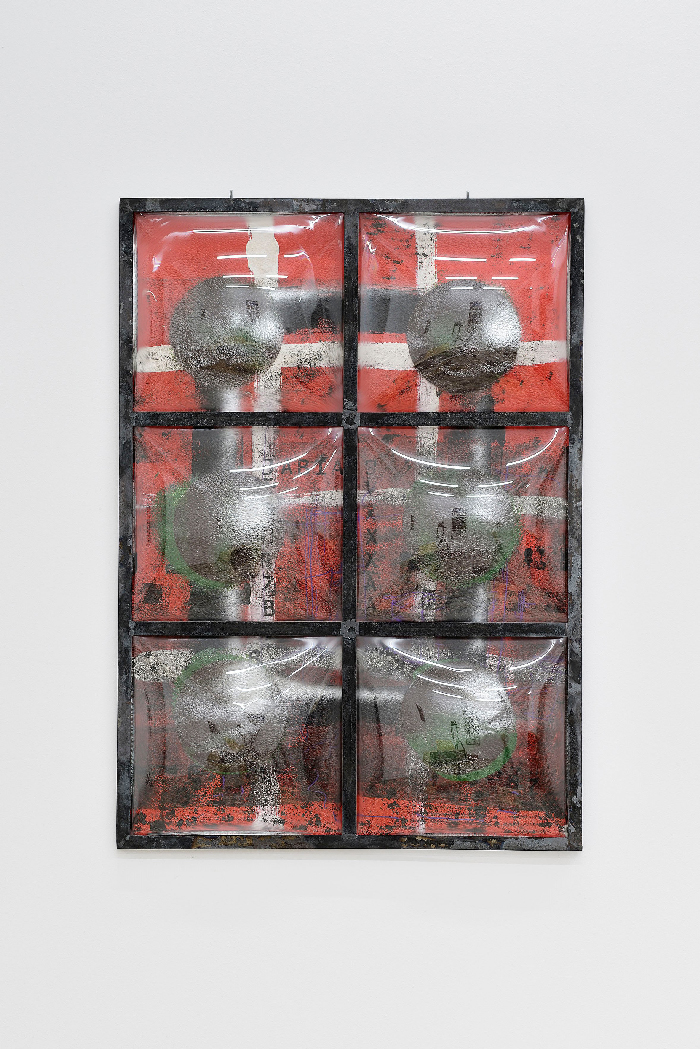
In the making of your works, you often make use of multifunctional centers in Switzerland, where you can use professional machinery to work with specific materials. What do you think are the structural deficiencies, in that sense, of the Italian art system?
I actually do most of my work myself, which is why I often find myself working at Dynamo in Zurich. It is a youth center that hosts various workshops, metal concerts, a club, rooms for theater, a rehearsal hall, and even a restaurant with a brewery. It is located by the river and has a kind of beach/platform where you can spend some time and sunbathe. I think it is a space designed mainly for cultivating hobbies and various creative workshops. The workshops allow you to use different materials, even without technical knowledge, because there is always someone there to help you. Even if I had to return to Italy, I would probably take care of my own works—I am very attached to DIY practices and I really like to work with different materials by myself, perhaps also because I like to suffer a bit. I always do a lot of research so that I am be able to work autonomously. To cast a judgment regarding the shortcomings of the Italian art system could be redundant. Personally, all the experiences that I’ve had in the last few years in Italy have been wonderful, I’m thinking of Cripta747 or Castro Projects, where the support and the network with artisans and workshops were not lacking.
Your works move easily between squats, museums and galleries. Do you think DIY can dialogue and contaminate contemporary art institutions?
This is also a difficult question. I just do what I would normally do. I grew up in an area of Italy, Abruzzo, where there were very few squats and similar places. Perhaps it was the extremely provincial life and the context in which I grew up that led me to seek out and frequent these kinds of places. When I was younger I used to play there and I still play there now, but with a different attitude and above all with a different awareness. When it comes to museums and institutional spaces, I still do what I usually do, when they invite me. I don’t try to adapt or force my practice. Sometimes I perceive it as a problem. The cultural system indeed continues to appropriate certain practices, more or less consciously. This is actually a much broader issue that doesn’t stop at individual practices or ideals, because it gives thought on the conformity and differentiations encompassed by the system itself, turning them into something that can be used for other purposes, not necessarily economic ones. Of course, institutions are very different. Perhaps, my relationship with Swiss institutions is different from the one I’ve matured in Italy, just as the relationship between the underground and the institutional art system is completely different.
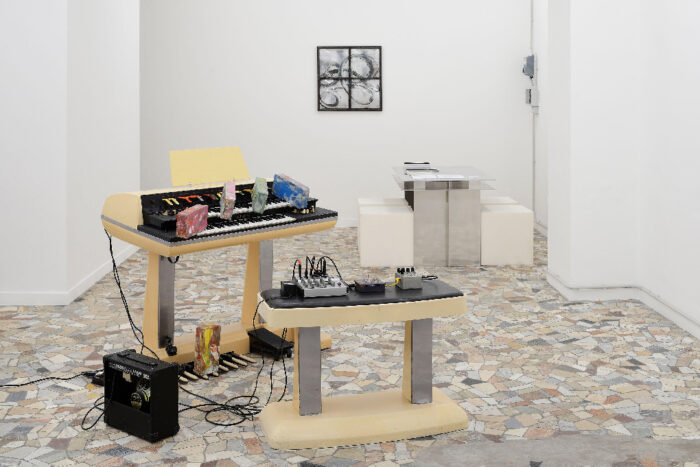
Any substantial difference?
In Italy there is less interest in establishing a constructive dialogue, while in other countries there is more focus on singularity and exception. I don’t think there is a right or wrong system, each system reflects its environment.
Do gore, shitcore and no-fi still represent a form of resistance to capitalist commodification today? And the drastic negation of an established canon of expression do you think should materialize in the proactiveness to escape cultural aestheticization and not being reduced to just sterile opposition?
I don’t know, probably what interests me about this aesthetic is precisely its being “anti,” being able to decide that outside conformity represents only the veneer of an organized system. For example, what interests me about noise music is the actual possibility of creating a place which is sonic and abstract, but at the same time tangible and physically noisy, rejecting professionalism, where everyone can create their own way of experiencing and interacting with the space itself. I perceive this kind of music as a spot for antisocial cultural purposes, oriented toward the transformation of an irrational social reality that insists on calling itself rational. An extravagant form of creativity. I think it still represents an act of resistance, or at least it is from a personal and emotional point of view. On a more concrete level, probably not. But I have always felt represented by the idea of rejecting something. Anyway, I think rejecting something doesn’t necessarily mean proposing an alternative, or at least I don’t actually feel this kind of urgency.
Otherwise we wouldn’t be here…
Yes, exactly. Regarding gore and other more violent and provocative influences or scenarios, they can have a rather critical function as fictional and speculative forms of expression, even towards themselves, by inducing certain emotions, whether frightening or fetishistic, while referring to other topics. By standing between collision and ambiguity, fascination and repulsion, gore looks into cultural and social mechanisms of adherence to narratives of catastrophism. Sometimes I also like to think of these forms of expression for their entropic function, simply as exaggerations for their own sake that respond to the need to move from order to disorder.
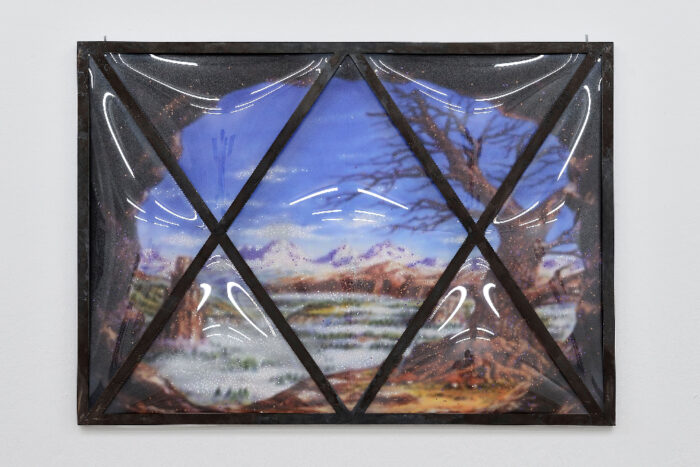
Your heterogeneous production presents different forms of expression. Have you ever thought of bringing them all together in a single artwork, or do you think it is better to keep them separate, but in constant dialogue with each other?
Usually I prefer to have the artworks dialogue within the exhibition context, even though the one you see displayed in a certain space might present some different aspects in another context. Honestly, I’m not interested in merging different forms of expression, because what I’m basically interested in is actually the possibility of creating connections and scenarios, more or less open, putting different elements in dialogue, with a purpose. I like to take something out of context and then change it. I quickly deny what I have done and I always need stimulation. Now, however, I am working on some past artworks or ideas that 10 or 5 years ago I had put aside. Somehow they came back today. Even at a more practical level, for example, in Italy—in my case at Brera, where I studied—the theoretical aspect exceeds the practical, and from a technical point of view I realized that I really had a lot of time to develop a single aspect of my work.
In Untitled (Part of Hospital for Anaemic Sounds) you talk about the Anaemic Sound. How would you define it?
Probably, a sound that is missing something and, at the same time, a sound which is sick but diagnosed, and therefore still curable. I think it’s an image related to my idea of noise music: kinda in recovery mode. It’s probably a non-permanent sound that can be cured but it could also degenerate and die. Definitely, it is all but comforting.
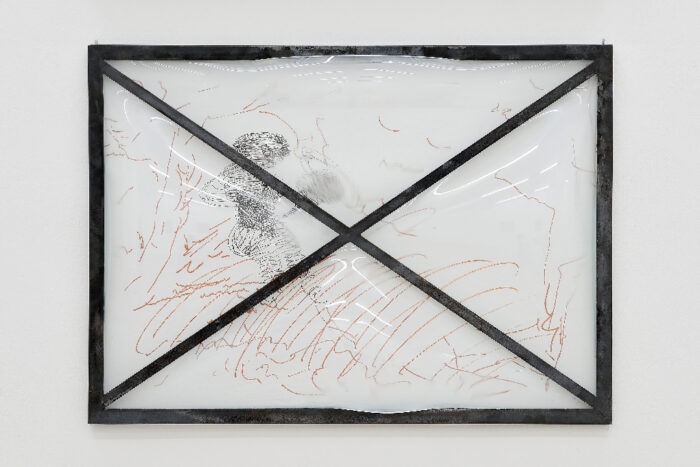
Would you call your work, in a way, post-post-modernist?
Yes, but more than my work, I perceive the contemporary cultural landscape as postmodernist, and that is actually a problem. In the sense that we have not yet come to define a historical period that breaks away from postmodernism, to the point where it can be considered something distant. We find ourselves in a postmodernist cage, from which we cannot get out. Inside it we find ourselves, or at least I feel I find myself, in a condition of comfort. I perceive being “post” and “anti” as the act of turning back on tradition and commodified culture. A tradition of anti-traditionalism! It’s strange: like it’s a space you get used to being in and struggle to get out of. That said, I don’t think postmodernism has been overcome, and I think art continues to exist in a postmodernist form. There has not been such a strong change to define something new. Postmodernism itself, in a sense, relates back to the idea of being “Anti.” Being “Anti” indeed, as well as the realization of having overcome something, seemed to be enough, but the question now is to understand what happens next. And so, what does it mean to be “post”? We settled for the breakup, but I don’t see what’s next. Call oneself “Post-” after all, represents a way of living anchored in the past.
It is a certainty, and according to that certainty we are “Post” or “Anti.”
Yes, exactly.
The concept of degrowth, which you refer to in the short story written for the exhibition at Baleno, as well as the concept of noise do you think can hinder the completely irrational progress of a society that continues to call itself rational instead?
Yes, and it also relates back to being anti. Again, I see noise as a response to a stereotype of conformity that I don’t recognize. So, yes, the surrounding reality seems irrational to me, and the noise, therefore, becomes a place where I can feel comfortable. I had never thought of juxtaposing the idea of noise with the idea of degrowth; you got me thinking about it. Degrowth represents an interesting image and is also a scenario which is narratively very intriguing to me. Sometimes I wonder how this could happen. Certainly it is a necessary step, but it is also a utopia and that is precisely why I use it a lot in my stories.
Degrowth, as a matter of fact, represents the most rational choice for the survival of the planet no matter how seemingly disturbing or crazy it may seem. So, going back to the question, what appears rational is actually not rational at all…
Certainly, just as natural forms of resistance and degrowth seem unnatural and unacceptable to us because of their extinctionist attitude. From a moral point of view, we often cannot accept the action of resistant microorganisms such as, for example, cancers. We perceive cancer, or other microbiotic and viral forms, as something absolutely negative, as antagonistic forms, but from another environmental perspective they are actually not. After all, these are forms of resistance put in place by microorganisms in response to human impact on nature and to cope with the excessive human presence on Earth. However, it is very difficult to talk about it, as it is really easy to be misunderstood. It is brutally a matter of perspective, and especially of survival.
One of the artwork you exhibited in Rome it’s called The Final Fantasy. Have video games in any way influenced your artistic production? And did the kind of Eastern, especially Japanese, approach to noise and the concept of noise itself contribute to the development of your style?
If I have to be honest, I’ve always been a mess with video games! And I don’t think there are any Eastern references in my work. I have to admit, though, that I’d really like to go to Indonesia, where there is a huge community influenced by harsh noise and free experimentation. Probably I’ll be there during next Zurich winter.


